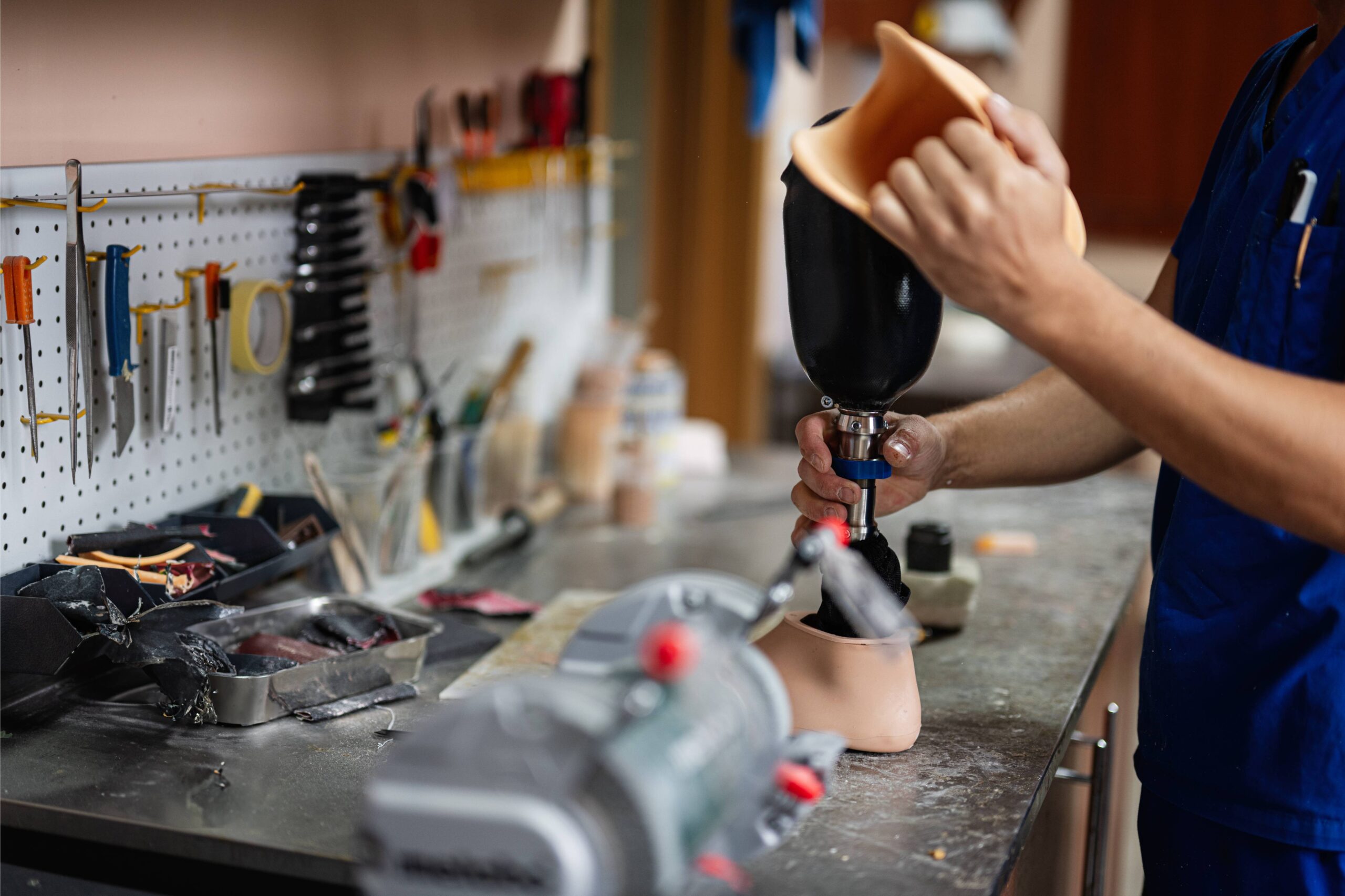In a world where sustainability is no longer just a buzzword but a necessity, we find ourselves at a pivotal crossroads. The concept of a circular economy has emerged as a beacon of hope, promising a radical shift from the traditional linear “take, make, dispose” model. As we stand on the brink of an ecological transformation, the question arises: how can we design products that not only endure over time but also seamlessly re-enter the product life cycle through recycling and repair? Join us as we explore the principles of circularity, the systems of design that underpin it, and the journey towards creating a world where waste is a thing of the past.
Understanding Circular Design Principles
At its core, circular design is about reimagining the lifecycle of products, focusing on longevity, repairability, and the eventual recycling of materials. Circularity is not just a design aesthetic; it is a strategic framework that requires a profound understanding of systems and loops that mimic nature’s cyclical processes.
Key Principles of Circular Design:
- Design for Longevity: Products should be crafted with durability in mind, using materials and construction methods that withstand the test of time. Consider the fashion industry, where garments are often seen as disposable. By adopting more robust manufacturing techniques and using sustainable materials, we can extend the life of each piece.
- Embrace Modularity: Modular design allows for easy repair and updating of products. This approach not only extends the usability of the product but also reduces waste. Imagine a smartphone designed with replaceable parts that can be easily swapped out as technology advances.
- Close the Loop: Ensuring that products and materials re-enter the cycle post-use is crucial. This involves designing with recycled materials and creating pathways for products to be dismantled and repurposed.
- Optimize Materials: Opt for materials that are either biodegradable or can be recycled without losing quality. This reduces the demand for virgin resources and minimizes environmental impact.
By adhering to these principles, we open the door to a future where products are not destined for landfills but are integral parts of an ongoing circular journey.
The Role of Innovation in Circularity
Innovation is the engine driving the transition to a circular economy. From groundbreaking materials to pioneering processes, innovation is essential in crafting products that are both functional and sustainable. We are witnessing a surge in designing practices that prioritize end-to-end sustainability, where waste is a resource and recycling is seamlessly integrated into the product life cycle.
Innovations Leading the Charge:
- Biodegradable Materials: The development of new materials, such as bioplastics and plant-based textiles, is a significant leap forward in circular design. These materials break down naturally, leaving a minimal footprint.
- Repairability Solutions: Companies are increasingly offering video tutorials and kits to assist consumers in repairing their products. This empowerment not only extends the life of the product but also fosters a deeper connection between the consumer and their products.
- Digital Twins and AI: The use of digital twins, coupled with AI, allows for a deeper understanding of a product’s lifecycle. By simulating various scenarios, designers can optimize the materials and processes used, ensuring minimal waste and maximal efficiency.
These innovations are not just about reducing environmental impact; they are about reshaping consumer behavior, fostering a culture where buying new is a last resort, and repair is a first choice.
Fashioning a Circular Future
The fashion industry, long criticized for its unsustainable practices, is undergoing a transformation. The rise of circularity in fashion is not just a trend but a necessary evolution towards sustainability. From the design studio to the consumer’s closet, every step is being reimagined to minimize waste and maximize value.
Steps to Circular Fashion:
- Sustainable Materials: Designers are opting for recycled and renewable materials, reducing reliance on virgin resources. This includes everything from recycled polyester to organic cotton.
- Repair and Upcycling: Fashion brands are embracing the art of repair and upcycling, encouraging consumers to breathe new life into their garments. Workshops and courses are gaining popularity, teaching individuals how to sew, mend, and even transform existing pieces into something new.
- Resale Platforms: The rise of resale platforms is a testament to the shift in consumer mindsets. By giving clothes a second life, these platforms extend the lifecycle of fashion items and reduce waste.
The fashion industry is proving that it’s possible to be stylish and sustainable. As designers and consumers alike embrace circular principles, the industry moves closer to a future where fashion is both forward-thinking and eco-friendly.
As we navigate the complexities of modern design and consumption, embracing circularity is not only a choice but a responsibility. By integrating sustainable principles, fostering innovation, and reimagining industries like fashion, we lay the foundation for a future where waste becomes a thing of the past. Let’s commit to designing products that not only endure but also contribute positively to the planet. In doing so, we close the loop on a circular economy, creating systems that circulate resources and continually renew themselves. The journey to sustainability is one of creative collaboration, and together, we can forge a path to a brighter, more sustainable tomorrow.

